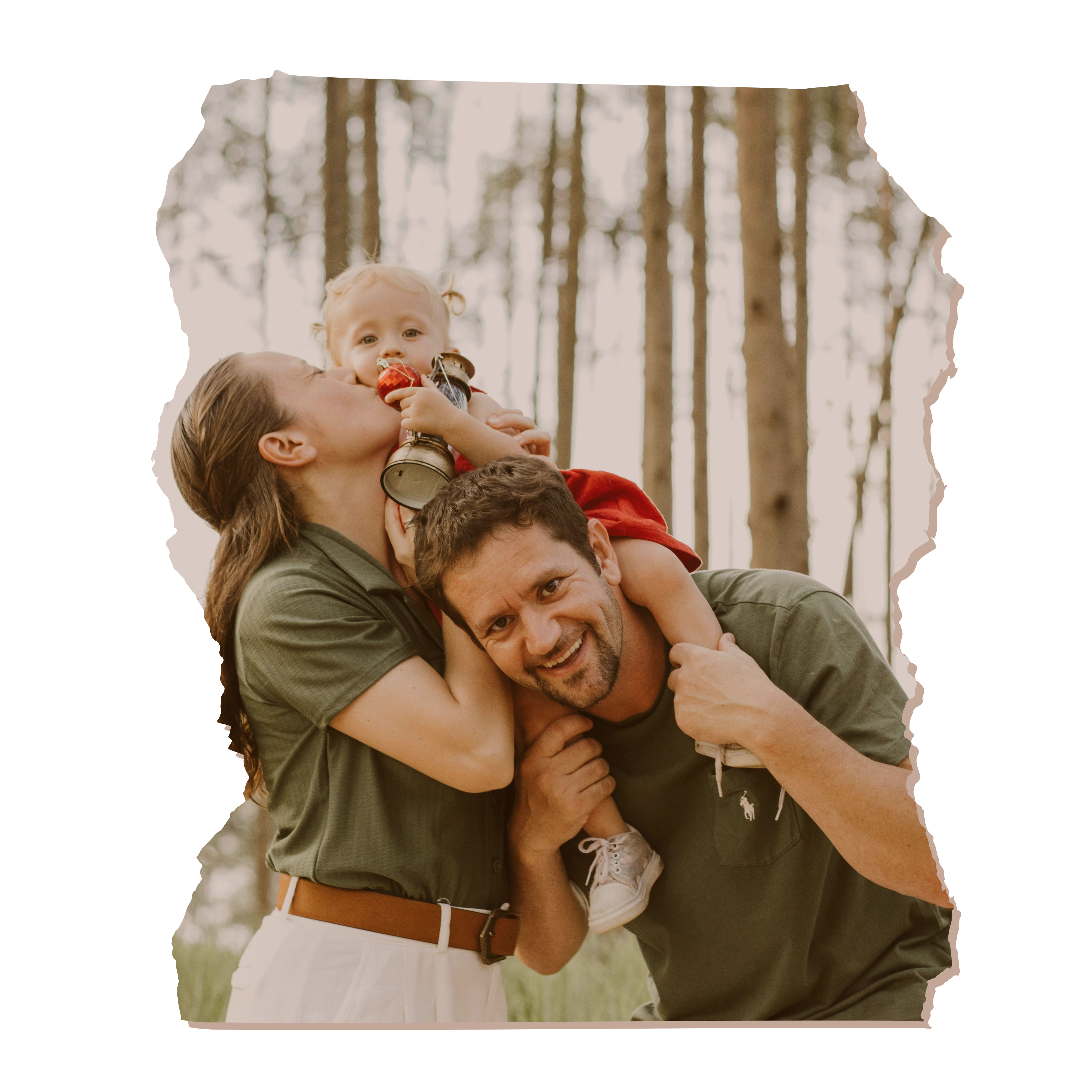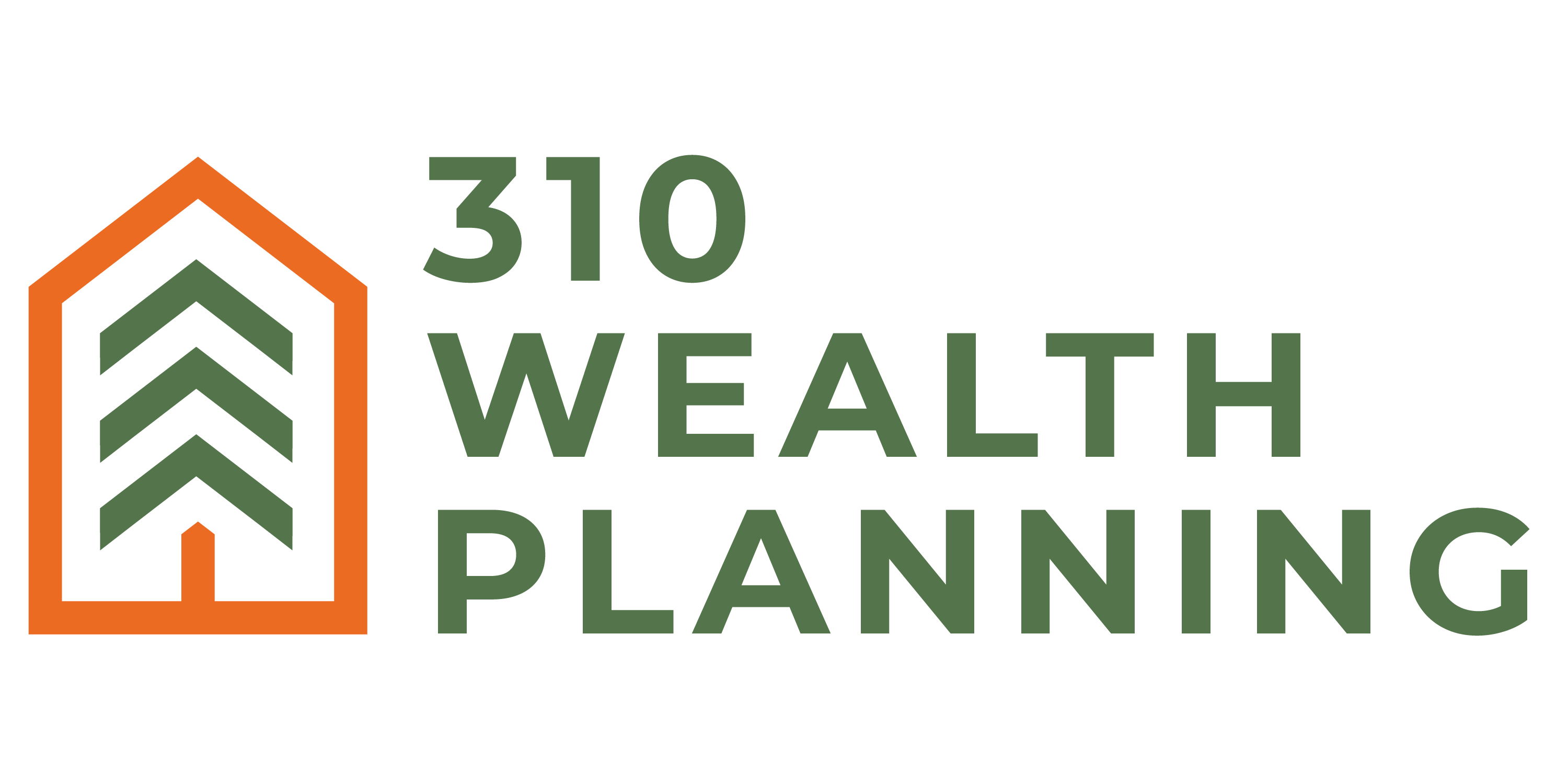Helping you on your pathway to Financial Clarity

Matthew’s story

The background: Matthew is 24 years old and single. He works in real estate, earning a modest base salary with opportunities for high commissions. Despite his earning potential, he has found it challenging to make meaningful progress in saving for his future. His primary focus is on putting as much money as possible toward paying off his student loans.
- Income: $75k
- Cash on hand: $500
- Student debt: $52,000
- SIMPLE IRA plan available through employer
The solution: Before doing anything, we got a good idea of Matthew’s cashflows. With this knowledge of his monthly income and expenses, we now knew how much we were able to apply towards his student loan. We determined that Matthew’s #1 goal was to pay off his student loans. Progress toward this goal gave him more satisfaction than individual purchases.
Based on his cashflow, Matthew gave himself a monthly budget that allowed him to put over $1,000/mo toward his student loan balance. We determined that based on Matthew’s interest rates, we should work to pay off the two largest interest rate loans first (9.75% and 8.5%). Matthew elected to put 75% of his commission checks toward his high interest rate loans, and 25% of it towards a taxable brokerage account for ultimate flexibility.
We also ensured that Matthew was taking full advantage of his company’s retirement matching plan. After Matthew pays off his two high interest rate loans, he plans to snowball that same payment into a Roth IRA while he takes the minimum payment on the remaining balances.
We estimated that by using this aggressive snowball plan, we would save Matthew over $16,000 of interest and he would pay off his student loans 10 years sooner! In addition, he would have a great foundation of investments!
Jordan and Macey’s story

The background: Jordan is 28 and Macey is 25. They have a daughter named Olivia. Jordan runs a blue-collar, service-based business with higher income during the summer months and lower income in the winter. He employs several contractors and takes a monthly salary. Macey stays home to care for Olivia. They have great cash flow, but are looking for organization and direction to take their finances to the next level!
- Income: $175,000 gross – $92,000 after expenses
- Cash on hand: $67,000
- Equipment debt: $29,000
- No retirement planning
The solution: Since the lines between personal and business were often very blurry, our first step with Jordan and Macey was to work on clearly defining money between the business and personal. After that, we moved a bulk of their cash savings into a high yield savings account so that they can begin to earn interest on their cash.
Because of the variable cash flow in the business, we elected to save earnings from the business so that we can even out their personal cash flow. This “insulates” their personal finances from the cash flow of the business.
In addition, we decided to set up a retirement savings account through their business so that they can begin saving for tomorrow!
Upon looking over their insurance statements, we realized that they had separate insurance providers for their personal vehicles, renters insurance, business liability, and business vehicle policies! We also found that they had a lack of life insurance, so we referred them to a local life insurance professional to get them set up with “his and hers” term life insurance policies.
As soon as Olivia has the ability to work for the business we plan to set her up with earned income and a Roth IRA to save for her future!


Daniel and Nicole’s story

The background: Daniel and Nicole have successfully raised 3 wonderful children. Daniel is the owner of an architecture and engineering firm. Nicole works part time at their local church. With their kids in college and personal expenses lower than they’ve been in years, they want to make this next transition into retirement count.
- Income: $250,000
- Cash on hand: $30,000
- Mortgage: $270,000
- 401k plan through Daniel’s company
- Trust account investments: $200,000
The solution: Coming from their previous financial advisor, Daniel and Nicole’s retirement portfolios were too conservative based on their risk tolerance and timeline. The first thing we did was reallocate their portfolios.
With two kids still in college, we realized that their 529 education savings account allocations were way too aggressive given the balances were sufficient to cover cash flow needs. We adjusted this allocation to better meet their needs.
Upon examining their cashflow, we found that Daniel and Nicole were paying above the minimum payment on their mortgage. Their interest rate on this debt was 3.25%. We decided that their extra dollars were better off elsewhere.
As we looked to retirement, we decided to combine a DAF (Donor Advised Fund) strategy in the year of the sale of Daniel’s business. This allowed them to reduce their tax exposure on the sale, and pre-pay their tithe for years to come!
In the early years of retirement, we plan to utilize Roth conversion strategies while Daniel’s income is the lowest, giving them the chance to move some of their 401k assets into post-tax Roth land!
The above stories are based on true stories of our clients. Names, details, identities and images have been changed to protect the identities of our clients. The actual performance of your investments can differ significantly. Factors such as market volatility, economic conditions, and changes in your personal situation can all impact your results.


